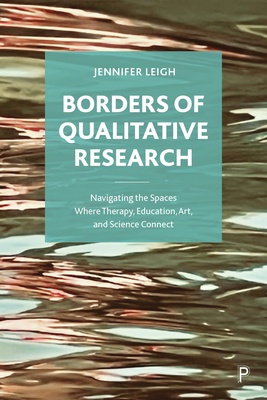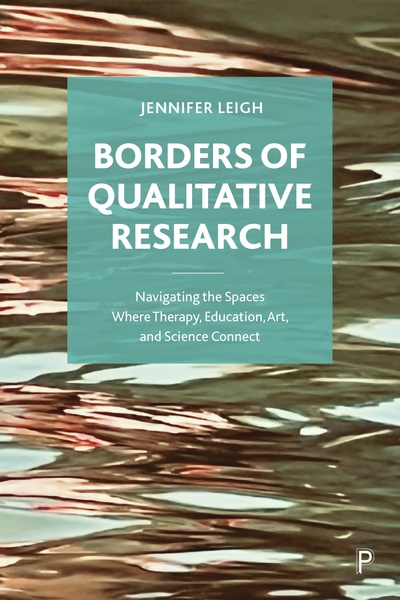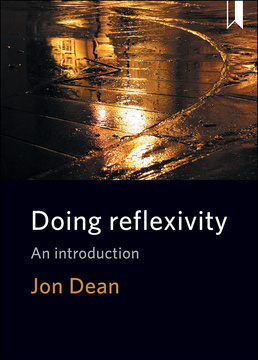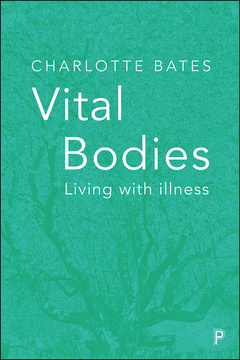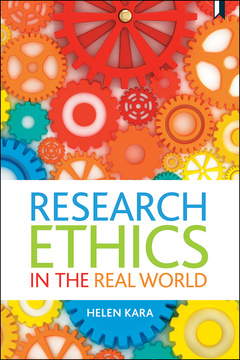Borders of Qualitative Research
Navigating the Spaces Where Therapy, Education, Art, and Science Connect
By Jennifer Leigh
Published
Dec 21, 2023Page count
260 pagesISBN
978-1447355632Dimensions
234 x 156 mmImprint
Policy PressPublished
Dec 21, 2023Page count
260 pagesISBN
978-1447355625Dimensions
234 x 156 mmImprint
Policy PressPublished
Dec 21, 2023Page count
260 pagesISBN
978-1447355656Imprint
Policy PressPublished
Dec 21, 2023Page count
260 pagesISBN
978-1447355656Imprint
Policy PressIncreasing numbers of researchers are using arts-based, embodied or creative methods. They promote rapport and connection, facilitating research that reaches beyond surface understanding to expose authentic stories and hidden, richer truths. Whilst powerful, these methods can have unintended consequences and the potential for harm.
Drawing on case studies and lessons learned from programmes and work across research, therapy, education, art and science, this engaging book explores and demonstrates the porous borders of research.
It invites researchers to reflect and consider the boundaries and consequences of their work in order to deepen and widen its applicability and impact across science, art, education and therapy.
"This project brings together interdisciplinary activities across research, art and science; exploring the (at times) blurred boundaries of each discipline and how academics may navigate these for generative and ethical research." Kay Sidebottom, University of Stirling
Jennifer Leigh is Reader of Creative Practices for Social Justice at the University of Kent.
Part 1: Introduction to qualitative, creative, and embodied research
Introduction to Part 1
Lesson 1: Reflection
Lesson 2: Awareness
Lesson 3: Relationship
Part 2: Disciplinary borders
Introduction to Part 2
Lessons from art
Lessons from science
Lessons from ethics
Part 3: Case studies
Introduction to Part 3
Case study 1: Working with children
Case study 2: Working with artists and researchers
Case study 3: Working with embodied academics
Case study 4: Working with scientists
Weaving in







